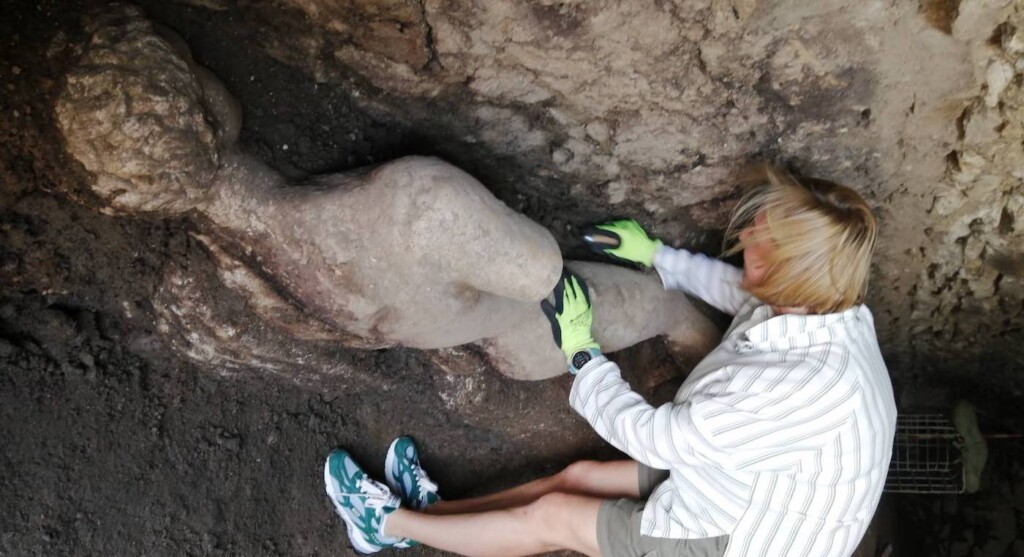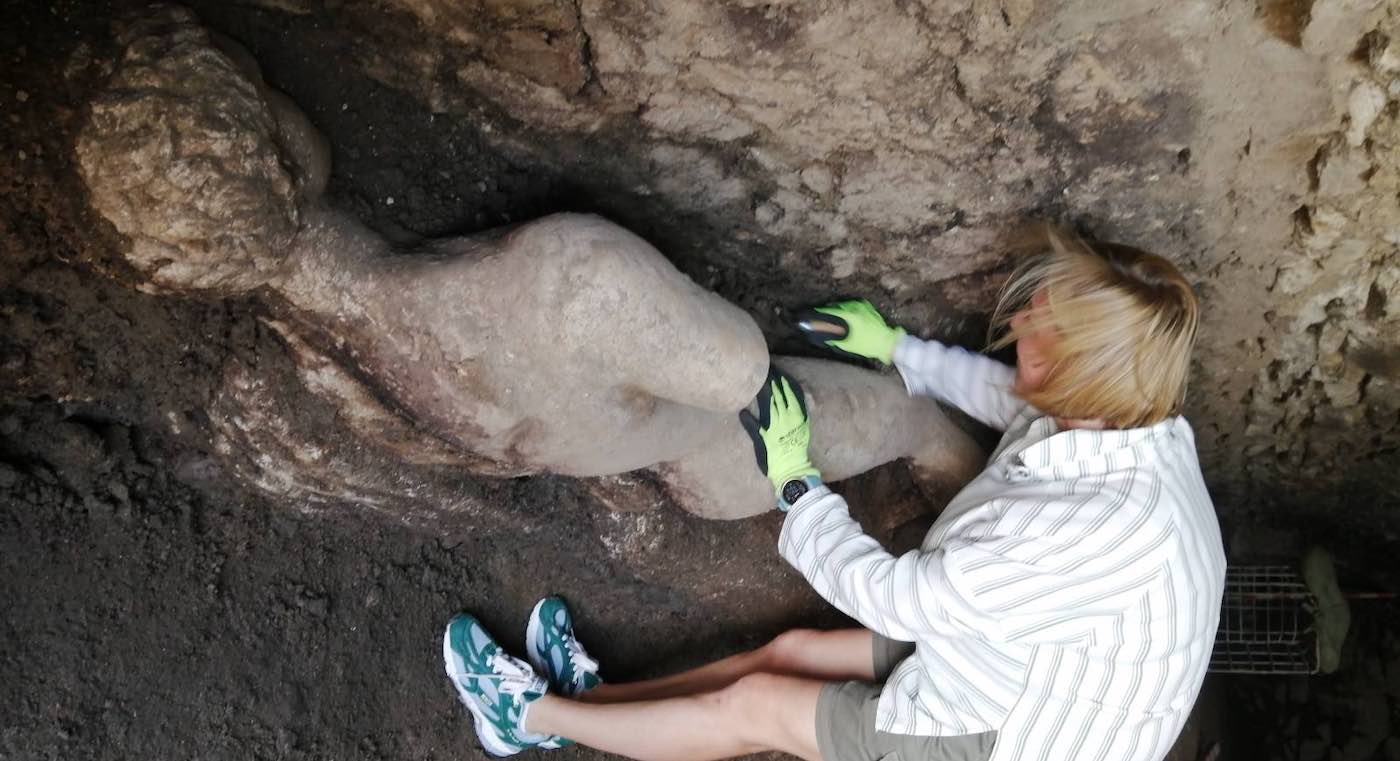
Bulgarian archaeologists undertaking routine excavations found something that was anything but routine in an ancient sewer system.
A pristine marble statue of the messenger god Hermes, perhaps buried to protect it from overzealous Christianized Romans, was located in the sewers of Heraclea Sintica, a lesser-known ancient site near the border with Greece.
The Greco-Bulgarian border region was the site of the Macedonian kingdom of Philip II and Alexander the Great, and it’s believed Philip II built Heraclea Sintica. The team of excavators said the statue is one of the finest ever found in Bulgaria.
“We found it by accident,” Lyudmil Vagalinski, the scientific director of the excavation, told the New York Times. “It was amazing. A whole statue appeared in front of us.”
Starting in 388 CE, the city was wracked by earthquakes repeatedly over several decades until the year 500 when it was completely abandoned in line with the gradual control of the area by nomadic tribes like the Bulgars and Huns.
Two hypotheses exist for why this costly statue would have been placed in the sewers. Either the residents thought it would be safer there from the earthquakes, or they were worried that, since the Romans were already a Christian nation, idols of pagan gods would be seized.
OTHER ARCHAEOLOGY NEWS: Extremely Elaborate 2,200-Year-old Tomb Discovered That May Have Belonged to a King–‘Most Complex Structure of its Kind’
“Everything pagan was forbidden,” Vagalinski tells Reuters. While residents of Heraclea Sintica may have “joined the new ideology,” they also appear to have “[taken] care of their old deities.”
Efforts are ongoing to remove the statue using a specialized hydraulic crane. Once under the light of day, the statue, whose head is entirely unscathed and which has only suffered damage around the lower arms, will be cleaned.
MORE STORIES FROM THIS PART OF THE WORLD: Palace of Alexander the Great Reopens After 16 Years of Renovations
“We still have a lot of work to do and I do not want to rush to conclusions, but from now on I can say that this ancient statue is not only the best preserved among the discovered here, but also on the territory of Bulgaria in general,” said Vagalinski, this time in a statement on social media.
The statue is set to go on display at the History Museum in Petrich.
SHARE This Story About An Unlikely Find For A Sewer With Your Friends…




















